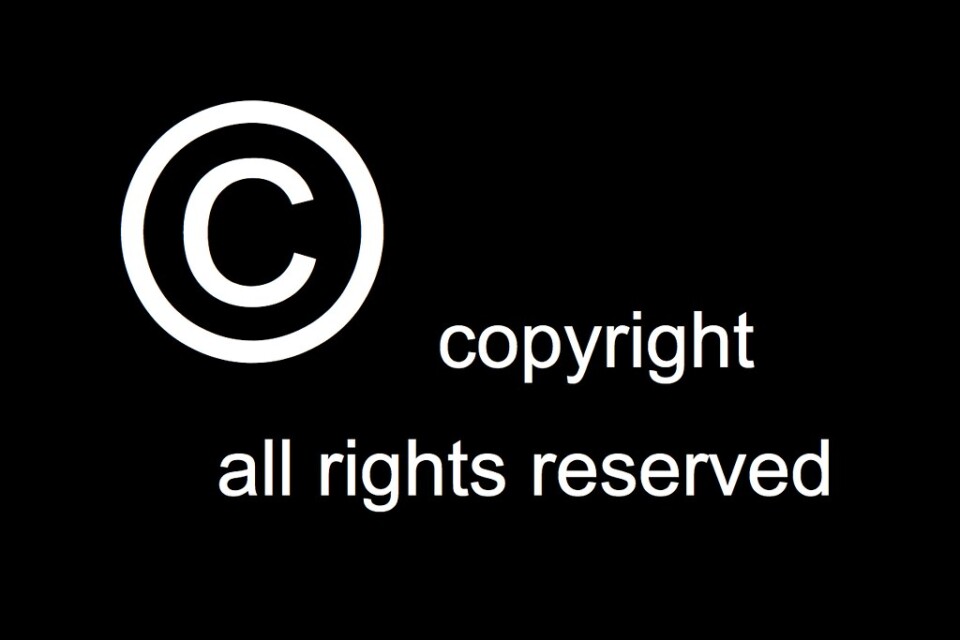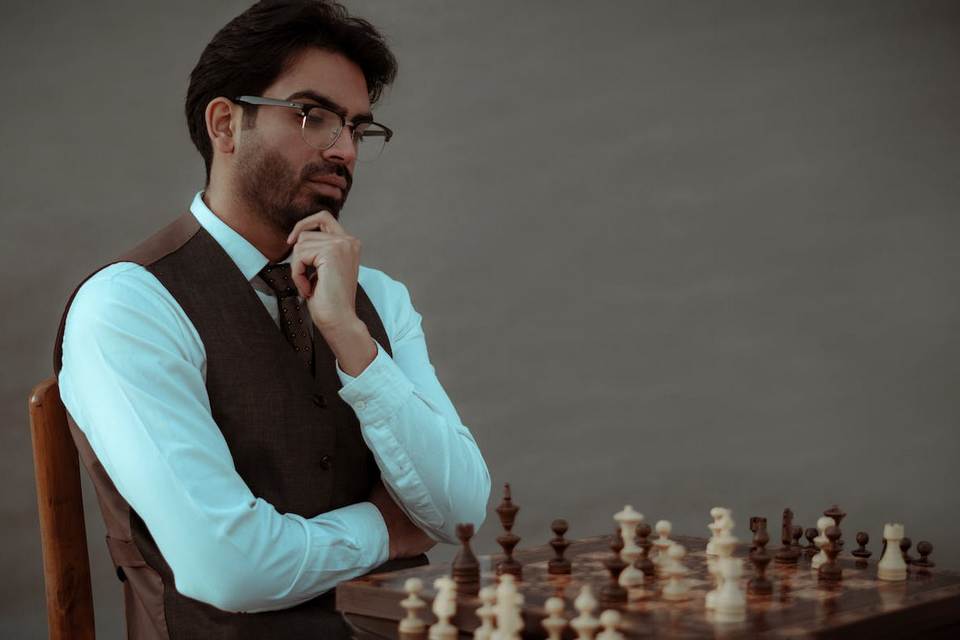Last Updated on March 25, 2024 by Ranking
This study compares copyright law in the European Union (EU), the United States (US) and the People’s Republic of China (China). Once the main differences and similarities in copyright law between the three jurisdictions have been identified, possible causes of divergence will be explored and convergence detected. The results indicate that many similarities and differences can be attributed to international harmonization.
Many previous studies on Chinese copyright law have considered comparisons of only two jurisdictions, typically conducting EU-China or US-China comparisons. This groundbreaking study sheds light on previously unanswered questions by examining the similarities and differences in copyright law between the EU, US and China. The main contribution of this study is to systematize similarities and differences.
This study assumes a certain level of knowledge about the EU, US and China context. After describing copyright law in the EU, US and China, I will analyze possible reasons for the similarities and differences found. The legal system of the United States is heavily influenced by the English common law system, while the individual EU member states are largely Romano-Germanic law.
Although many labels have been assigned to Chinese law, including civil law, socialist law, and Confucian and East Asian law, these categorizations say little about the complex and multifaceted reality of Chinese law. De Cruz cautioned against assessing the Chinese legal system from an Anglo-European point of view. falling prey to legal orientalism, idealizing American law and contemptuous of Chinese lawlessness, this could result in a biased comparison.
Peng et al. (2017) explore the similarities between China’s current position on the protection of intellectual property rights and the then-developing United States in the 19th century, which condoned widespread infringements of intellectual property rights. However, we should be cautious in assuming that historical patterns will repeat themselves, because the context of future events will never perfectly match the circumstances of the past.
There is no EU-wide copyright law; instead, copyright in the EU is a set of national laws. Article 2 of the Berne Convention protects literary and artistic works. Developed by lawyers from across the EU, the European Copyright Code aims to serve as a model for the future harmonization of copyright law at EU level.
In addition to property rights, the copyright systems of several EU Member States recognize the French and continental concept of copyright (droit d’auteur). Moral rights can be divided into four distinct categories: First, the right of integrity, under which the author may prohibit changes to the work. Secondly, the right of attribution or paternity, which means that the distribution of the work is dependent on the author’s name being associated with it. Third, the right of disclosure, which means that the artist can prevent the work from being published until it meets his or her own requirements. Finally, the right to withdraw from the contract, which, in accordance with Art
71 Directive (EU) 2019/790 of the European Parliament and of the Council of 17 April 2019 on copyright and related rights in the digital single market. TDM exceptions are written in Art. 3 and 4. For a comparison of the DSM and the InfoSoc Directive, see Ferri (2021), pp. 23–24.
Jaszi criticized the tradition of natural author rights in American copyright doctrine. He argues that this is an outdated pre-industrial tradition that places excessive emphasis on the individual and does not meet the requirements of the modern market. In the field of copyright, which inherently concerns at least some degree of creativity, intrinsic motivational forces can be expected to influence creators.
Pursuant to section 102 lit. b of the Copyright Act, copyright protection does not cover procedures, processes, systems, methods of operation, concepts, principles or discoveries. This is commonly called the “idea/expression” dichotomy. According to this doctrine, the story of an underdog, faced with a sudden challenge and, as a result of twists and turns, ultimately transforms into a hero, is not protected by US copyright law.
The four-factor test is used to determine whether a copyrighted work can be used for fair use purposes. These factors are as follows: “(1) the purpose and nature of the use, including whether it is for a commercial purpose or for a not-for-profit educational purpose; (2) the nature of the copyrighted work; (3) the size and significance of the portion used in relation to the copyrighted work. work as a whole; and (4) impact. use in a potential market or value of the copyrighted work”
The first copyright law in the People’s Republic of China (PRC) was only passed in 1990. The last major amendment introduced in 2020, which took effect in 2021, completely overhauled China’s copyright system. The purpose of the latter is specified in its first article, which states that it is adopted in order to protect the authors’ copyrights to their literary, artistic and scientific works.
China couldn’t decide whether to follow the Anglo-American copyright model or the European droit d’auteur model. To qualify for copyright protection under China’s copyright law, a work must meet three conditions. The work should be considered an original work, located on a material medium of expression and in a fixed form.
Current Chinese copyright law grants authors both exclusive property rights (economic) and moral rights (moral). China recognizes four moral rights, namely the right of first publication, the right of authorship, the right to correct one’s work, and the right to maintain the integrity of the work. The protection period of the last three of them is unlimited.
Zhang: China is gradually adopting a more assertive role as a norm-setter and “norm challenger” that challenges, challenges, and even disrupts established international norms. Zhang: Copyright faces a dual challenge: striking a balance between providing sufficient protection for authors and rights holders and taking into account the needs of the information society.
Jia argues that the issuance of the guidelines by China’s high court has likely brought China closer to the common law tradition. The difference in copyright doctrine regarding moral rights in the EU and China compared to the US can therefore only partially be attributed to the division between common law and civil law legal cultures. To better understand the difference in views between the US, EU and China, we could turn to national culture as one viable explanation.
Compliance occurred due to similar social, political and economic circumstances at the international level. Copyright restrictions similar to those in the US, such as the fair use and first sale doctrines, also exist in the EU and China copyright systems. The similarities can be explained, at least in part, by the international harmonization of intellectual property law.
In the EU, US and China, works must have a certain degree of originality to qualify for copyright protection. The requirement of originality has been harmonized in the EU by the CJEU in a number of cases to mean “the author’s own intellectual creation”. In China, the Copyright Law states that copyright is inherent in certain “original” works.
Applying path dependency theory to copyright law, we see that copyright law has been influenced by past evolutionary changes, similar to evolution in nature. Another useful theoretical perspective through which to explain the convergence of Chinese copyright law with EU and US law is institutional isomorphism.
Convergence through economically motivated pressures has played a major role in the assimilation of Chinese copyright law with its Western counterparts. The EU has used soft tactics to try to influence China’s intellectual property legislation and practices to better align them with the European approach to copyright protection.
Comparative law is and should be a key priority in a field that fundamentally lacks substantive law of its own. However, since most comparativists mainly engage in armchair theorizing about comparative law, this imbalance can lead to shortcomings in high-level research that conducts real-world comparisons. This study, although only a drop in a vast ocean of comparative research, aimed to provide a comparison that would benefit both academia and practitioners.




